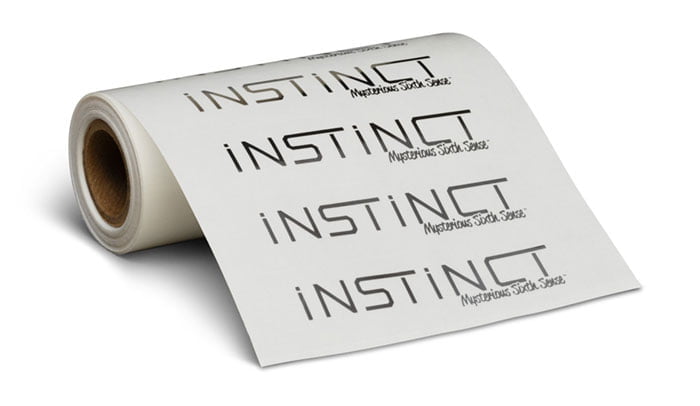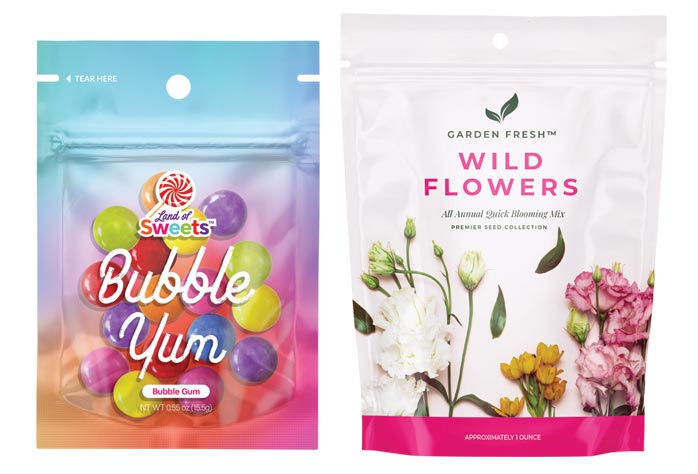“Always Done RIGHT On Time!”
- Fastest Printing Service in HOURS from Now
- Same Day Shipping Options
- Personalized Service, Foolproof Guarantee
- PANTONE Color Matching
Custom Label Printing & Customized Sticker Printing
In New York, New Jersey, Long Island & USA
Same Day Label & Sticker Printing Available
Call Now: (212) 691-8519


Label Manufacturers and Bulk Label Printing
Pantone color matching, Tailored solutions for unique branding requirements.

Food and Beverage Label Printing
Product and information labels, suitable for refrigeration or freezing.

Cosmetic Label Printing
Bath and Beauty Products. Oil and Moisture Resistant for Water/Oil/Cream/Mineral Based Formulations.
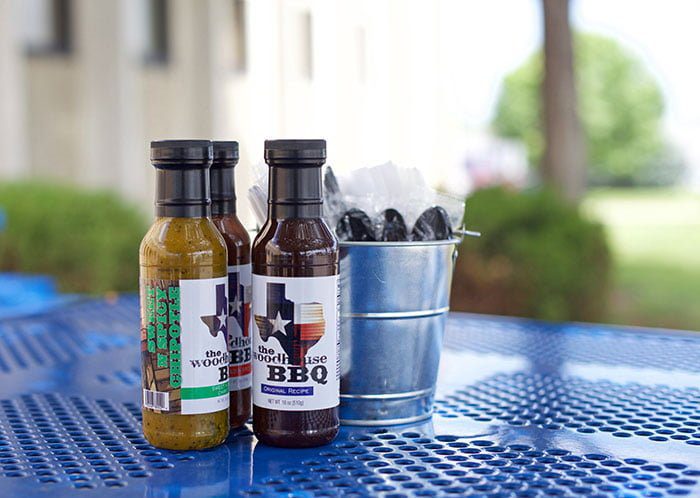
Bottle Label Printing
Beer, wine, liquor, water, juice, soda, oils, cosmetics, vitamin drinks, coffee/tea.

Cover Up Labels: How to Fix Printing Errors on Packaging
Black adhesive blocks out misprints – spelling errors, incorrect nutritional info…

Custom Foil Labels
Gold foil / Silver foil – High quality seals, and special occasion labels, Foil Stamped, Cold Foil or Blind Embossed.

Custom Product Labels
For electronics, supplements, housewares, building supplies, materials, equipment, transportation, foods and beverages…

Custom Wine Labels
Specialty Textured Stocks Including Estate #8 and #9. From Alicante Bouschet to Zinfandel, labels that reflect quality.

Outdoor Signs
High-quality outdoor business signs, magnetic signs, banners and backdrops to boost foot traffic and impulse sales.

Compostable Labels and Biodegradable Stickers
Eco-friendly alternatives for packaging to reduce carbon footprint.

Wedding Address Labels
Same day service available for high quality personalized wedding labels within hours.

Mailing Labels and Shipping Labels
For packaging, boxes, envelopes. Supplied on rolls, individually cut, or on sheets.

Warning Labels and Safety Labels
ANSI, ADR HIN, OSHA, NFPA, IMDG, NPR safety labels, chemical labels.

Hard Hat Label Printing
Rugged, industrial quality, for hard hats, tools, tool boxes, machinery and vehicles.

Retail Label Printing
A wide array of label choices for both small retailers and large chain stores.

Hospitality Labels
For product and event promotion. shipping / mailing labels, labels to promote tourism.
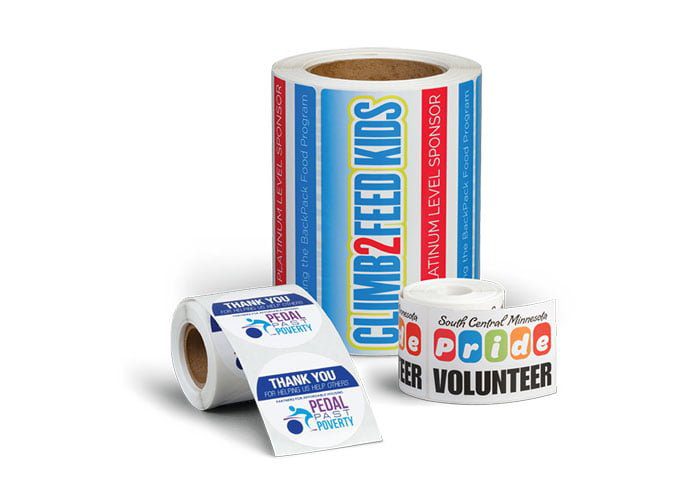
Non Profit Charity Label Printing
Stay under budget with fundraising labels, address labels, identity labels.
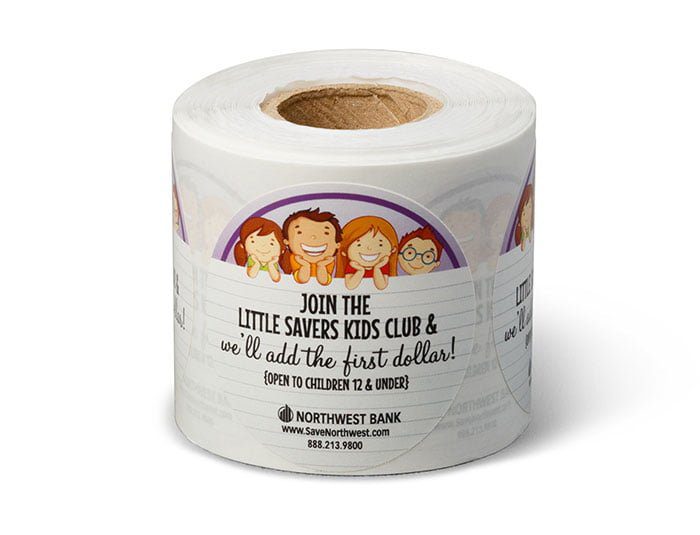
Financial Industry Label Printing
Mailing, file, routing and document labels, anniversary / celebration labels, coupons.

Health Care Label Printing
For insurance and billing, to label files, inform patients, label pharmaceuticals.

Education Labels
For schools and higher education fundraising, special events, to promote school spirit.

Adhesive Label Printing
For charity labels, address labels, postal meter labels and many other uses.

























